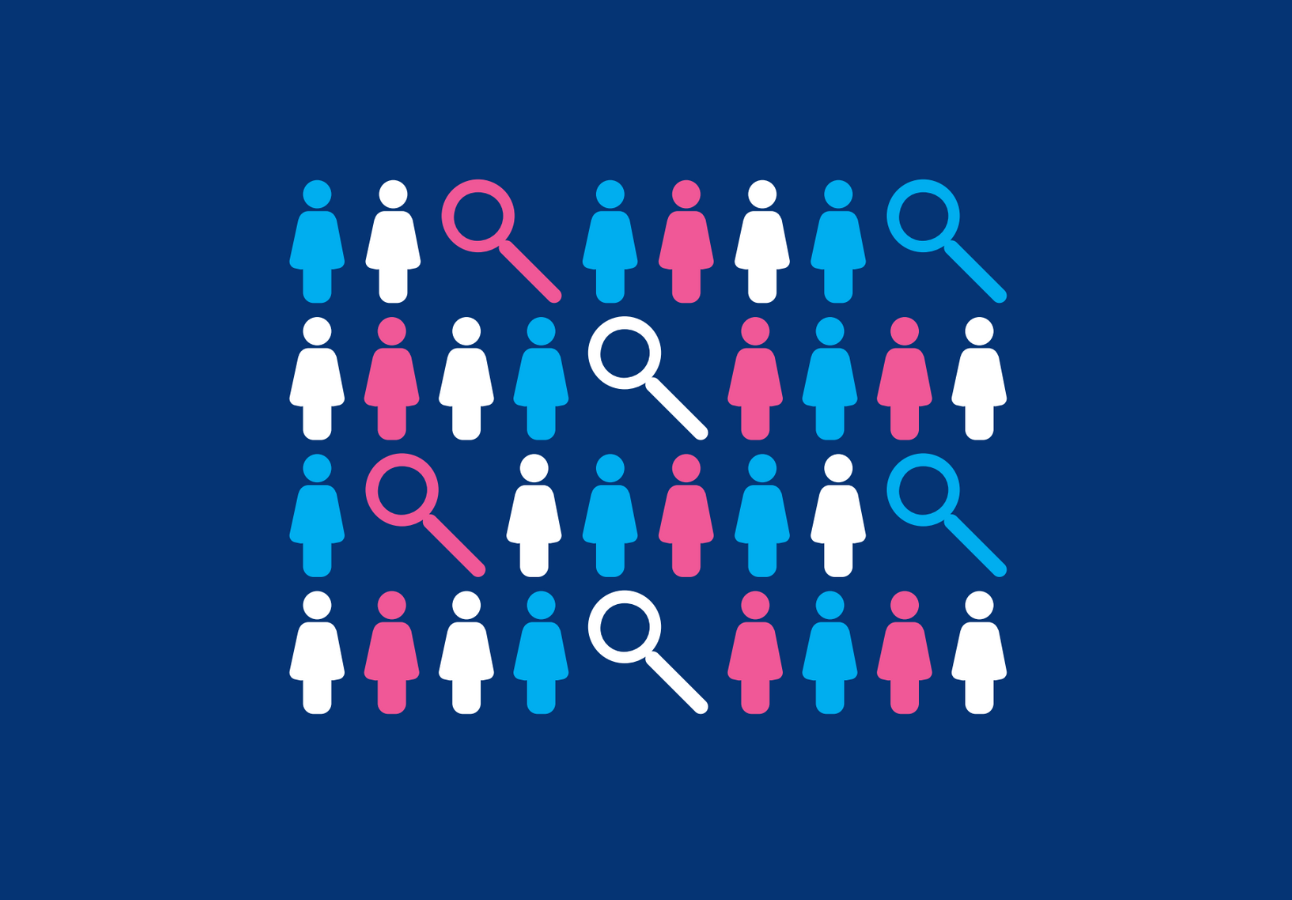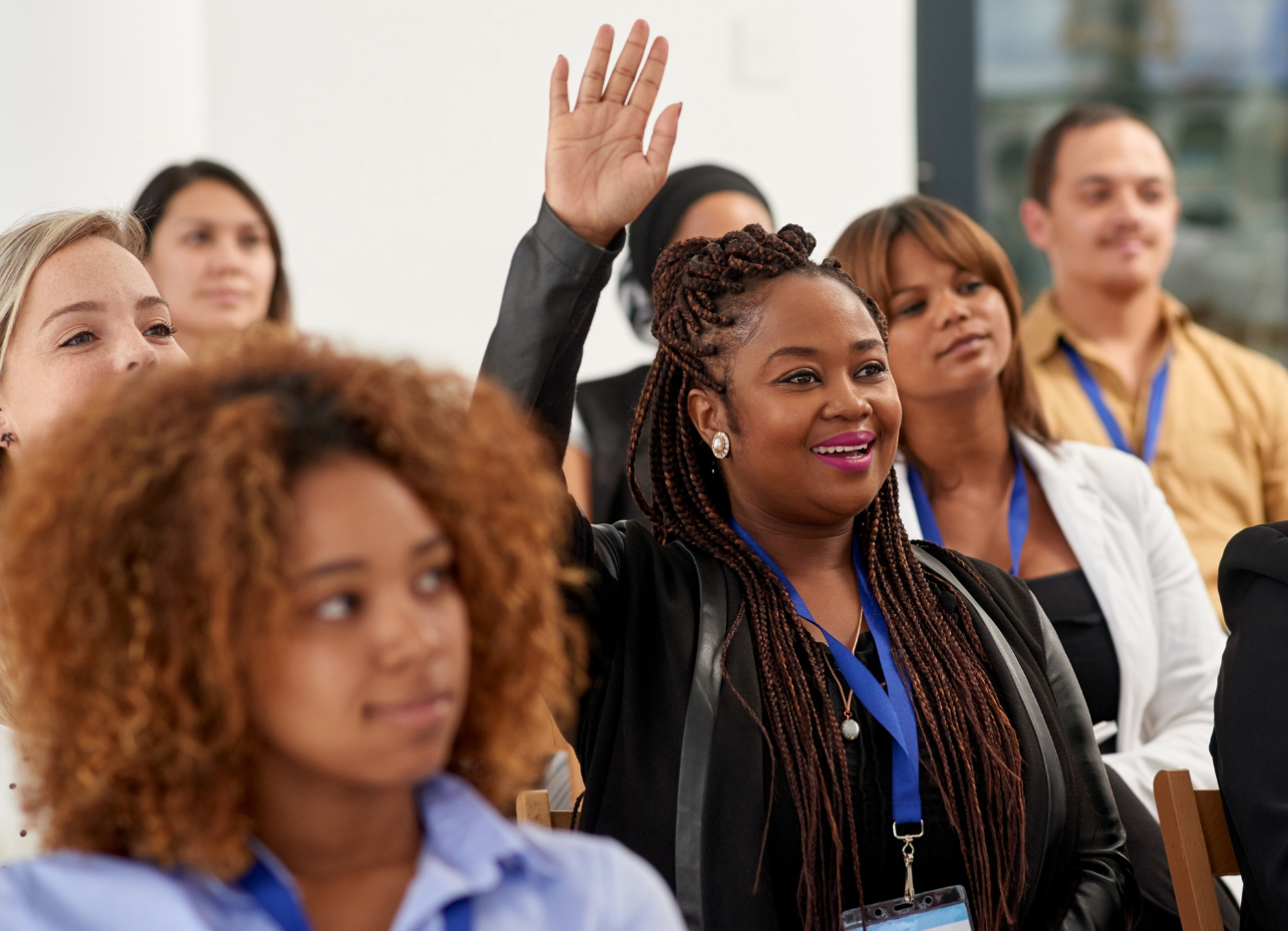The SafeLives research included a literature review from the last 20 years, interviews and focus groups with 78 participants throughout the UK, and a survey of 72 practitioners working in sight loss, domestic abuse, or other professions associated with this issue, such as GPs, health and social services and police.
New report reveals shocking scale of domestic abuse faced by blind and partially sighted people
One in 12 visually impaired people in the UK is believed to be a victim or survivor of domestic abuse, according to a new report published today (10 October 2022) by SafeLives and sight loss charity the Vision Foundation. This means that 188,000 of the 2.19 million blind and partially sighted people living in this country have experience of domestic abuse, with men and women both affected.
The Unseen: Blind and partially sighted people’s experiences of domestic abuse
Domestic abuse charity SafeLives was commissioned by the Vision Foundation in late 2021 to undertake the first ever research into the scale and nature of domestic abuse among this particularly vulnerable sector of the population. Although data shows that people with a disability are nearly three times more likely to have experienced domestic abuse than non-disabled people, until now there has been no specific research into the impact on the sight loss community.
The report describes the scale and nature of the abuse affecting people with visual impairment. The report highlights the lack of relevant knowledge and experience among organisations and professionals working in both the fields of sight loss and domestic abuse and puts forward proposals for how to tackle the challenges and break down the barriers to help.
Vision Foundation chief executive Olivia CurnoWe were aware of the high risk of domestic abuse that disabled people face, but heard only occasional, anecdotal accounts of visually impaired victims from our partner organisations. We could find no targeted services and a total dearth of research.
Prior to The Unseen report which we are launching today, nothing existed which recorded the experiences of visually impaired victims and survivors of domestic abuse, nor the myriad barriers they face in getting support. We were shocked by what the research uncovered. It’s devastating to read, far worse than we had anticipated.
Suzanne Jacob, chief executive of SafeLives.Our team found a stark contrast between the lack of information on domestic abuse in relation to blind and partially sighted people and the very high number of people with personal experience who wanted to take part in this research. Their experiences confirm the urgent need for action, significantly raising our expectations for people who are visually impaired
Victims and survivors described their experiences of this insidious form of abuse, carried out by people in the most intimate of relationships. Accounts consisted of many common abusive behaviours, but with the added and specific vulnerabilities which can come with sight loss. This includes moving objects to cause falls, hiding with medication, withholding support such as guiding equipment, not taking victims to appointments, or watching and filming them without their knowledge. Participants also expressed very high levels of fear, particularly when not knowing where a blow or object might come from, nor how or if their children were being harmed in front of them.
Participants in the research spoke of their formal and informal efforts to seek help. Many were not believed by friends or family, or were urged to stay in the abusive relationship as they would be unable to cope without the perpetrator’s support. Societal and cultural views of visual impairment and gender often played a role in this unhelpful advice.
Seeking professional support had mixed success. Participants reported disclosures being dismissed, particularly if these were from children, details being disclosed to the perpetrator; and again, victims being encouraged to stay in the relationship.
The professionals surveyed identified a concerning lack of awareness of the accessibility options available to blind and partially sighted people. Barriers to support included lack of accessible information, professionals not understanding the specific needs of someone with visual impairment or how to access appropriate support on their behalf.
The Vision Foundation and SafeLives are calling for a multi-faceted and united response including:
Training programmes for individuals and organisations working with people with visual impairment:
- Domestic abuse champions for visual impairment organisations
- A ‘survivors’ network’ to share experiences and help shape future research
- Readily accessible and locatable information for those with visual impairment
- Safe ways for people to disclose abuse one-to-one
- Awareness campaigns on how to recognise abuse and seek help
- A funding mechanism to enable organisations to implement change
- A visual impairment ‘toolkit’ for practitioners with a quick guide to support
Read the report
One in 12 visually impaired people in the UK is believed to be a victim or survivor of domestic abuse, meaning that 188,000 of the 2.19 million blind and partially sighted people living in this country have experience of domestic abuse.
You may also be interested in

Disabled Survivors Too

